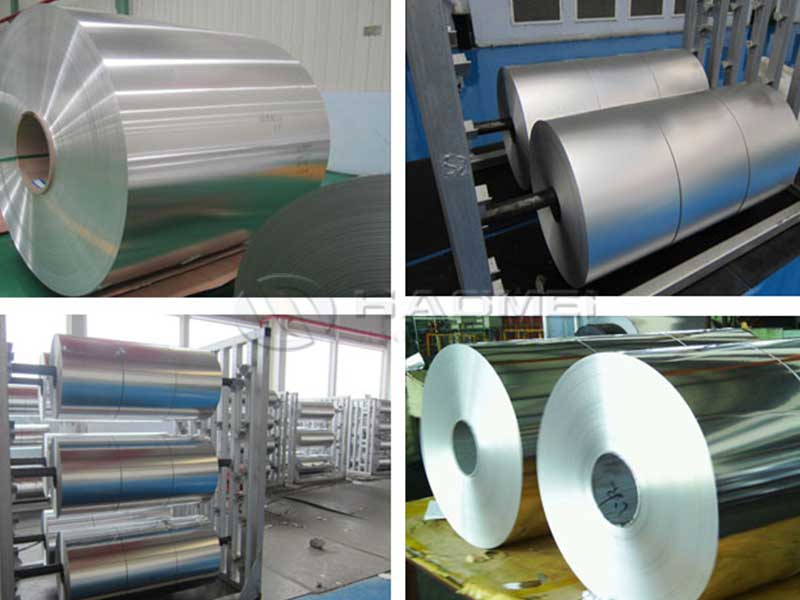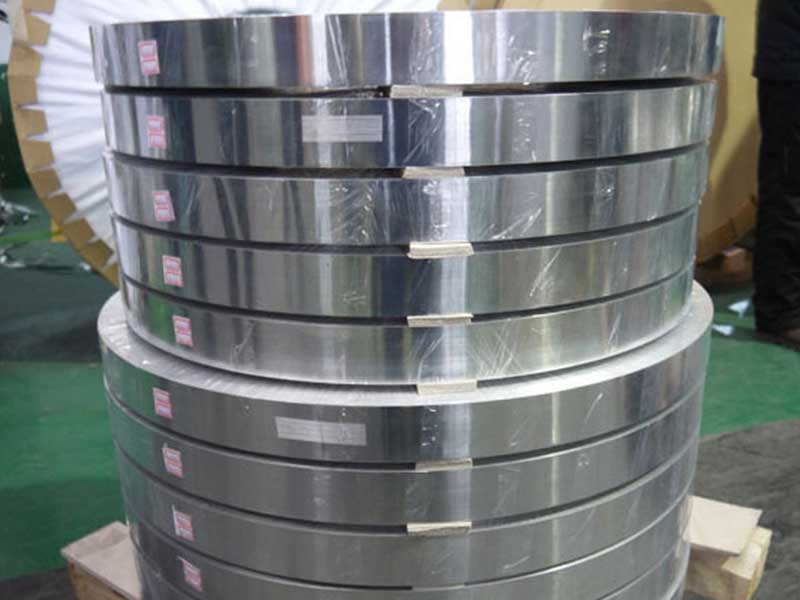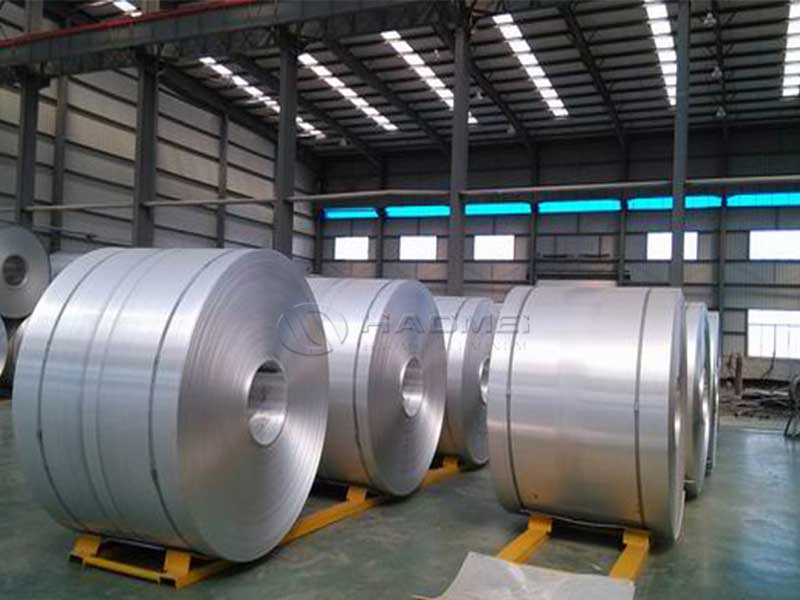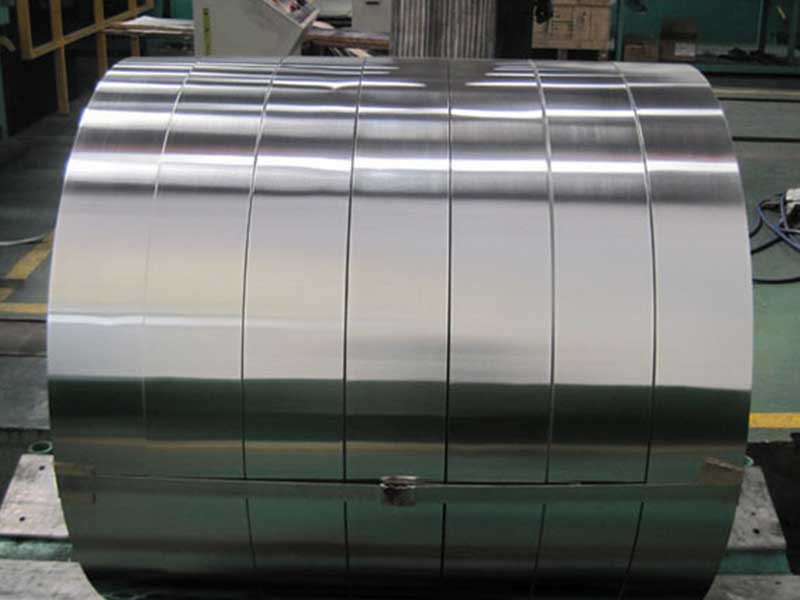Aluminium foil is a versatile and widely used material in various industries owing to its unique combination of physical and chemical properties. Produced by rolling aluminum slabs, aluminium foil is available in thicknesses ranging from about 0.006 mm to 0.2 mm.
Aluminium foil is manufactured from aluminum alloy sheets or strips and further processed to achieve the desired thickness and finish. Depending on the intended use, the foil may come in different grades, temper levels, and alloy compositions.
Chemical Composition
Typically, aluminium foil is produced from pure aluminum or aluminum alloys to enhance strength while maintaining good formability. The common alloys used are within the 1xxx purity series, usually ≥99% pure aluminum.
Working with aluminum foil every day, I've developed a deep appreciation for its seemingly simple yet remarkably versatile nature. Beyond the obvious uses in the kitchen, I've seen firsthand its importance in countless industrial applications, from shielding sensitive electronics during manufacturing to forming crucial components in heat exchangers. The seemingly delicate material is surprisingly strong when properly engineered, and its malleability allows for complex shapes and designs, exceeding the expectations of most people who only encounter it as a food wrapper. We deal with varying grades and thicknesses, each with its own unique properties and applications - the difference between the foil used in a chocolate bar and that used in a high-voltage capacitor is substantial, yet both spring from the same fundamental material. The sheer scale of production is something else entirely; witnessing the continuous casting and rolling process is awe-inspiring.
One thing I've noticed over the years is the subtle but constant evolution of the material itself. We’re always looking for ways to improve its properties – enhancing its strength, reflectivity, or barrier capabilities. It's a never-ending pursuit of perfection, driven by both consumer demand and the ongoing need for innovative solutions across industries. For example, the development of thinner, more durable foils reduces material waste and lowers our environmental footprint, a critical concern in today’s world. It’s fascinating to be involved in refining this everyday material, contributing to advancements that might seem small, but collectively make a significant impact on various aspects
| Element | Typical Content (%) |
|---|---|
| Aluminum (Al) | 99.0 – 99.99 |
| Iron (Fe) | ≤0.4 |
| Silicon (Si) | ≤0.03 |
| Copper (Cu) | ≤0.05 |
| Manganese (Mn) | ≤0.05 |
| Magnesium (Mg) | ≤0.02 |
| Zinc (Zn) | ≤0.02 |
| Other | ≤0.05 |
Note: Compositions can vary slightly based on producer and specific foil grade.
Physical and Mechanical Properties
| Property | Explanation | Typical Values |
|---|---|---|
| Thickness | Thickness varies for specific applications | 6 – 200 microns (0.006–0.2 mm) |
| Density | Standard aluminum density | 2.70 g/cm³ |
| Tensile Strength | Strength depends on alloy, temper | 80-200 MPa |
| Elongation | Percentage elongation before break | 5 – 15% |
| Thermal Conductivity | Excellent conductor of heat | ~237 W/m·K |
| Electrical Conductivity | Allows electrical flow | ~35-38 MS/m |
| Corrosion Resistance | Highly resistant due to protective oxide layer | Excellent |
| Reflectivity | Reflects high percentage of visible light and heat | ~88% reflectivity |
Features
- High Flexibility & Malleability: Aluminium foil can be easily bent, folded, stamped, or wrapped without breaking.
- Excellent Barrier Properties: It provides an effective barrier against light, oxygen, water vapor, and bacteria, essential for packaging.
- Non-Toxic & Hygienic: Safe for direct food contact.
- Lightweight & Durable: Combines light weight with excellent strength.
- Corrosion Resistance: Naturally forms a protective oxide layer preventing corrosion.
- Heat & Electrical Conduction: Ideal for thermal insulation and electrical shielding.
Applications of Aluminium Foil
- Packaging Industry
- Food Packaging: Foil containers, wraps, capsules for medicines, confectionery packs, bakery trays.
- Pharmaceutical Packaging: To encapsulate tablets and maintain their shelf life with blister packs.
- Cosmetic Packaging: Wrappers for creams and lotions for enhanced shelf life.
- Electrical Industry
- Shielding cables and components from electromagnetic interference because of excellent electrical conductivity.
- Capacitor foil due to consistent conductivity and thin gauge availability.
- Construction
- Used in insulation panels to reflect heat within buildings.
- Vapor barriers in walls and roofs ensuring moisture resistance.
- Household Use
- Commonly used in kitchens for baking, grilling, storing leftovers and freezing.
- Automotive & Aerospace
- Weight reduction in vehicle design via light and yet strong foil lamination.
- Heat insulation for engines and exhaust systems.
- Art & Decoration
- Utilized for decorative trim, embossing, and crafting due to its shiny surface.
Aluminium foil uniquely balances thinness, formability, corrosion resistance, thermal and electrical properties making it indispensable across multiple sectors. The capabilities of aluminum foil not only solve technical challenges in packaging, shielding, and insulation but also efficiently address global demands for sustainability owing to aluminum's recyclability.
For those looking for customized solutions involving aluminium foil—whether it is heat-resistant coatings, specific alloy selections, or laminated multilayer metallic films—custom processing and detailed consultation from an aluminum expert are recommended.
For more technical advice or product inquiries regarding aluminium foil or aluminium alloys, please contact our specialists.
References:
- Aluminum Association, “Properties and uses of aluminum foils,” 2023.
- ASM Handbook, Volume 2: Properties and Selection: Nonferrous Alloys and Special-Purpose Materials.
- European Aluminium Foil Association (EAFA), Technical data sheets.
Your trusted partner in Aluminum Alloy & Foil Solutions.













